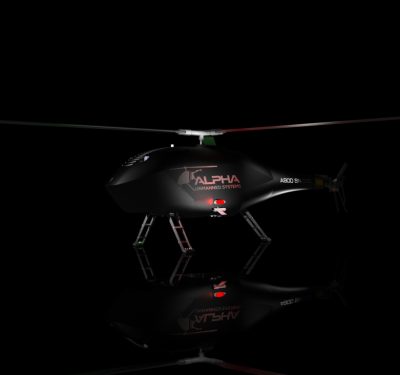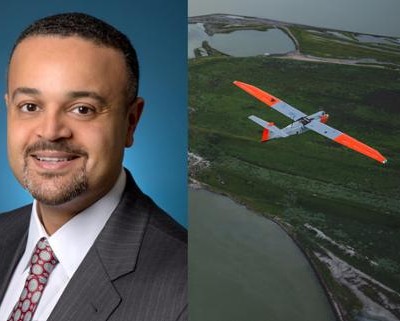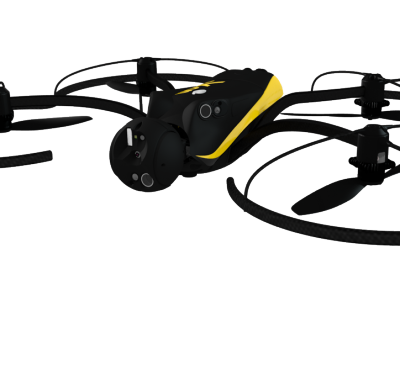When a 7.8-magnitude earthquake struck Nepal in April 2015, the mountainous East Asian nation was woefully underprepared. Just 5,000 relief workers and rescuers scrambled to assist the nation’s 8.1 million affected people, more than a quarter of Nepal’s population. Thankfully, experts from Ontario, Canada-based GlobalMedic arrived with a fleet of mechanical marvels: unmanned aerial vehicles (UAVs), or drones. Equipped with thermal imaging cameras, these UAVs quickly identified thousands of survivors among Nepal’s ruined cities and temples. But despite their humanitarian applications in disasters from Typhoon Haiyan to California’s wildfires , UAVs have a less-than-stellar reputation. Unfortunately, many people see them as military weapons that kill indiscriminately, rather than humanitarian tools. An undeserved reputation While UAVs’ controversial image stems from their military roots, the advanced mapping and imagery that UAVs provide at disaster scenes has been an object of suspicion, too. After all, this data could be abused if obtained by terrorist groups. On top of that, connections between humanitarian aid and political objectives have drawn ire for UAVs. The United Nations Organization Stabilization Mission in the Democratic Republic of the Congo (MONUSCO) is a prime example. The U.N. has used UAVs to survey Congo’s borders, and they’ve helped combat […]







